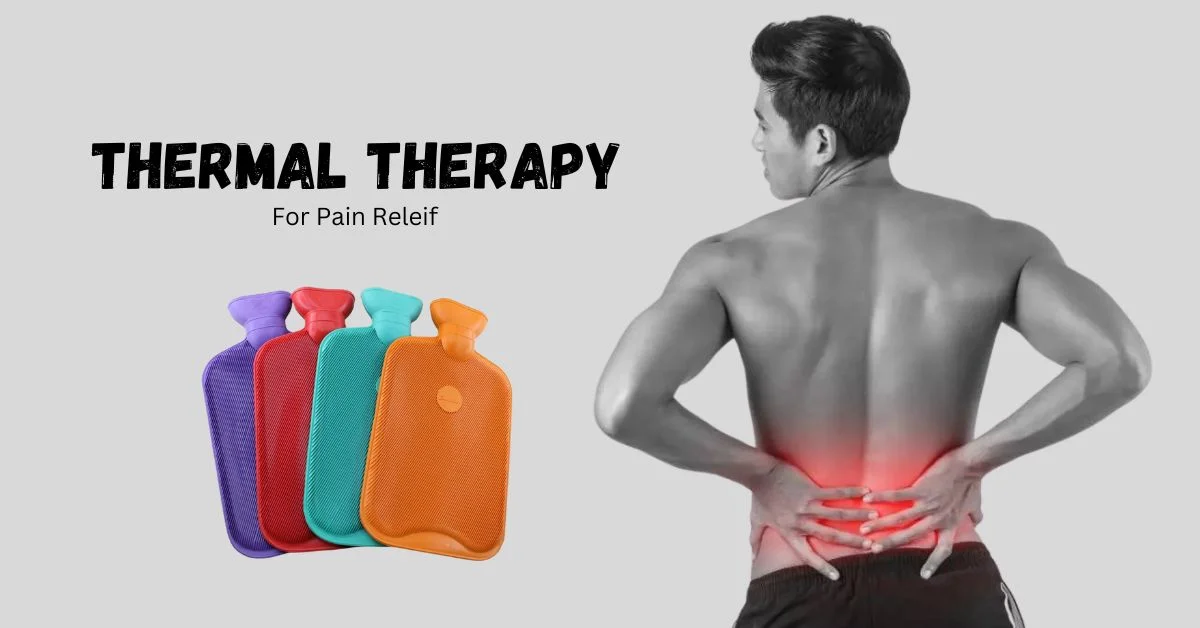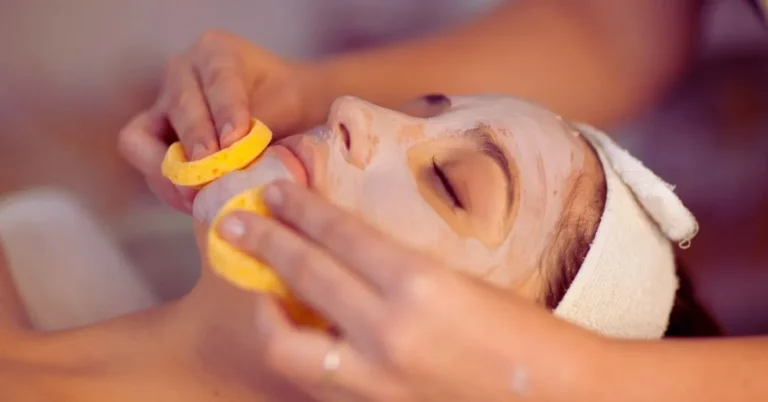Pain Relief Myths Busted: The Truth About Thermal Therapy
Physical therapy Monroe NJ offers many different modalities for relieving pain. One of these is thermal therapy, which refers to applying heat to relieve discomfort and promote healing. There are many mistaken ideas out there about thermal therapy, so here is an opportunity for you to get the facts and set the record straight.
Debunking Pain Misconceptions
You may think that applying heat to an injury is strictly a home remedy. This is not true. If you go to physical therapy Northfield NJ, your therapist may use thermal therapy if indicated based on an evaluation of your condition. You can also use heat at home, and your physical therapist may be able to teach you how to use it effectively.
Many people believe that you should only use heat for chronic injuries and only ice for acute injuries. This is an oversimplification. The truth is that you can use thermal therapy for an acute injury BUT ONLY after 48 to 72 hours have passed. If you apply heat to an acute injury within that initial two-to-three-day timeframe, you may actually make the inflammation worse.
It is also not true that you can use either ice or heat but not both. After 48 to 72 hours from an acute injury, you can switch to heat or alternate between heat and ice. You should apply each for no more than 15 to 20 minutes.
If you have heard that heat speeds up the healing process, that is not exactly true either. It is true that heat relaxes tense muscles and helps relieve pain. It also increases blood circulation to the area, which helps facilitate healing. However, that doesn’t necessarily mean that your healing time will be faster with thermal therapy than without it.
Insights Into Healing Heat
There are different methods of using thermal therapy, at least some of which may be available in physical therapy. You may be familiar with an electric pad that produces heat when plugged into a wall. This has several disadvantages, one of the most inconvenient of which is that it is not portable.
Heat wraps or heat packs produce heat from a chemical reaction or retain heat when placed in a microwave. These have the advantage of being portable. Heat wraps also wrap around a specific body part so you don’t have to hold them in place.
Moist heat may be a hot compress or immersion in hot water. You can immerse the entire body or only a symptomatic part, such as soaking the feet in hot water.
Steam rooms and saunas raise the temperature of the body and induce sweating. Steam rooms produce moist heat, while a sauna uses dry heat. Another technique of thermal therapy is hot stones, which are placed on the symptomatic area. Hot stone therapy is often used in combination with massage.
Thermal therapy can offer many benefits, but it is not for everyone. Some chronic medical conditions can make it dangerous to apply heat. Ask a doctor or physical therapist if heat therapy would benefit you.
Read more: Unlocking Healing: Strategies to Engage a Resistant Child in Therapy







